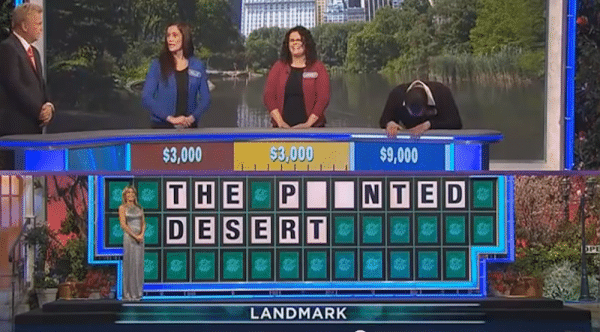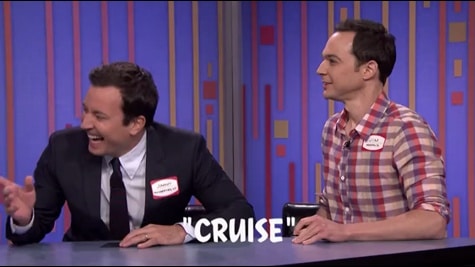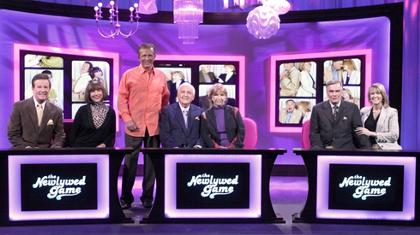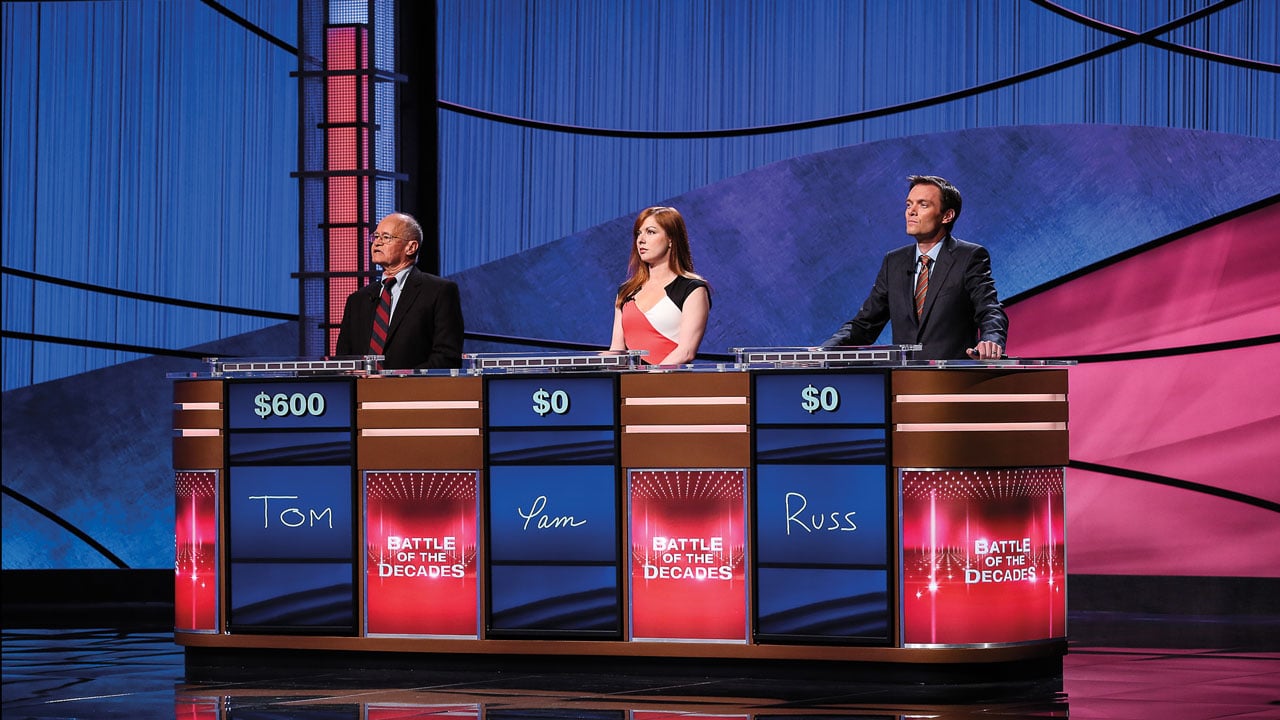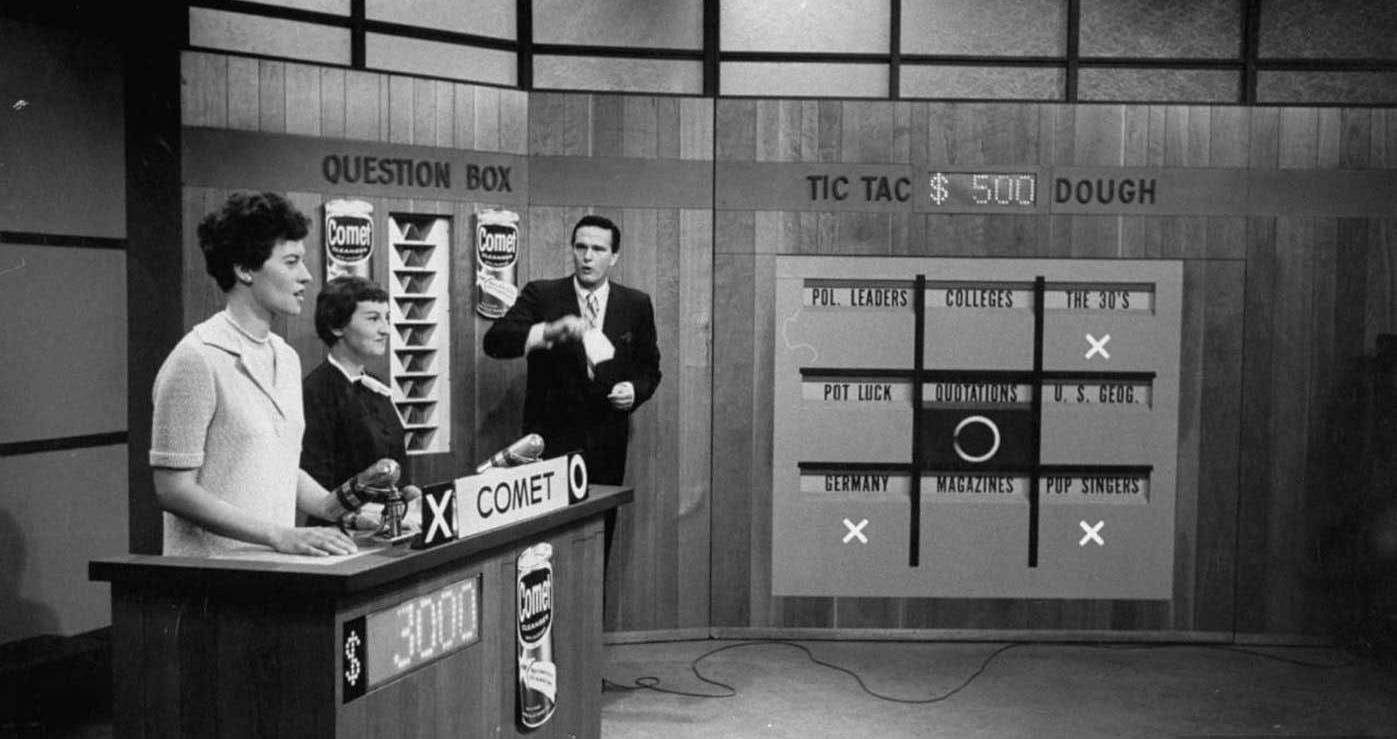
8 Best Game Show Activities for Classrooms: Have a Blast While Students Learn
Game show activities can actually be excellent learning tools.
When the lessons are presented as educational games that students are excited to play, the sometimes difficult task of making grammar, spelling and vocabulary interesting will suddenly become much easier.
Imagine your students jumping up to answer all of your questions about verb conjugation. Sounds like a dream, right?
In this post, we’ve included eight popular game shows and how their formats can be easily adapted for your classroom.
Contents
Download: This blog post is available as a convenient and portable PDF that you can take anywhere. Click here to get a copy. (Download)
The Best Game Show Activities for Classrooms
1. “Wheel of Fortune”
“Wheel of Fortune” is great for teaching vocabulary, spelling and pronunciation all at once. It’s a great all-around game show for the classroom.
You’ll need:
- Three teams
- A spinning wheel with dollar amounts written in wedges. If your arts and crafts skills are rusty and you have access to a tablet or laptop in your classroom, you can use an online wheel creator.
- A list of expressions or phrases in the target language. These can be phrases you’ve already taught and want to review. For more advanced classes, you can use any common expression.
The premise of the game is simple. Pick an expression and write it out in blanks—kind of like hangman—on the board. Teams spin the wheel for a dollar amount, and then work together to guess a letter. If the letter is in your chosen expression, they keep that dollar amount, multiplied by how many times that letter appears.
To keep the game moving, give each team one spin per turn, even if their guess was correct. When a team is ready to solve the puzzle on their turn, they can guess the whole expression. If they’re right, they keep their cash from that round.
And repeat! Whoever has the most cash when the bell rings wins. Your students will have spent the whole class practicing spelling, speaking and thinking in their target language.
2. “Password”
“Password” is especially useful as a vocabulary revision game that will break your students out of rote definition memorization.
You’ll need:
- Two teams
- A vocabulary list With beginner and intermediate classes, you may want a list of words you’ve already introduced
- Index cards
- A timer
This game show activity is very similar to the party game Taboo. The goal is for students to describe vocabulary words to one another without using the word itself.
Give one student a word on an index card and have them attempt to describe the word on it to their team. If the team guesses the word within 10 seconds (or whatever time frame you choose), they get a point. Alternate between teams, rotating who gets the index card.
Password is a very flexible game that works for a variety of class sizes. Just adjust the number of teams and team sizes if necessary.
3. “The Newlywed Game”
On TV, “The Newlywed Game” was a risqué show that gave couples points for how well they knew each other.
In the classroom, you can take this game show’s structure for a much tamer, but very effective, icebreaker and conversation skills exercise for students. You can call it “Get to Know Me” or create another similar title. It’s one of my favorite game shows for classrooms.
You’ll need:
- Two teams: Red and Blue (or whatever team names you or your students choose).
- A list of basic biographical questions.
- Two chairs labeled Red and Blue.
- Index cards or mini chalkboard/whiteboards.
Two members from each team sit in chairs facing each other. Ask the Red team member a question about the Blue team member. Some possible questions are:
- What sport does he or she play?
- How many siblings does he or she have?
- What is his or her favorite season?
The Red player writes down a guess and the Blue player writes down the answer. They reveal what they’ve written at the same time. If Red’s guess matches Blue’s answer, Red gets a point.
Repeat, posing the question to Blue this time. Then get two new team members in the chairs and continue. The team with the most points once everybody has played wins.
Not only does this game require your students to listen and respond to questions in their target language, it also creates connections between classmates.
4. “Jeopardy”
This game show activity works best for intermediate and advanced classes, with lessons that cover more than just grammar and vocabulary. If you want to review geography, literature or history concepts before a test, for example, “Jeopardy” is a useful tool.
You’ll need:
- Three teams
- A list of trivia questions and answers (25 or more, depending on class size)
- PowerPoint or another dynamic presentation platform. Fortunately for teachers, there are numerous “Jeopardy”-style game templates available online, such as Jeopardy Rocks.
Design a “Jeopardy” board with questions arranged in columns by topic, increasing the difficulty of the question with the number of corresponding points. You keep the questions. The class should only see the categories and point values. Once you’ve created your board, split your class into three teams. These teams take turns choosing squares on the board and answering questions.
To keep the game moving, give each team one question per turn, even if they were correct. When all the squares are out, the team with the most points wins.
Unless you are explicitly teaching your students to formulate questions, it can be useful to ignore “Jeopardy’s” famous “what is” question/answer structure. In this case, you can make things simpler by asking questions in the usual question format, and having answers be statements.
5. “Tic-Tac-Dough”
“Tic-Tac-Dough” is another trivia game with a simpler structure than “Jeopardy.” Based on the short-running American game show from the ’50s, this activity could be adapted for either language basics or more advanced concept review.
You’ll need:
- Two teams
- A blackboard
- A list of questions and answers
Draw a tic-tac-toe board with nine squares. Each square will have a corresponding question. Teams will alternate choosing squares and answering the questions from you. They can only put their mark—X or O—in the square if they answer correctly. As in tic-tac-toe, the team’s goal is to complete a line of three squares.
6. “Supermarket Sweep”

“Supermarket Sweep” was a personal favorite of mine when I was a kid, and it works well in the classroom, combining language learning with teamwork and quick thinking.
You’ll need:
- Three teams
- A timer
- A list of vocabulary words or phrases related to shopping and groceries in the target language written on cards. These can be words you’ve recently taught or common expressions. Put a point value on each card.
The objective of the game is for each team to accumulate as many points as possible by correctly identifying items related to shopping and groceries within a limited time frame.
Start the timer and then set the student teams free on their sweeps around the classroom.
When the time is up, each team has to name each card item they found on their sweeps and describe it.
Points are added up to see which team wins.
7. “The Price Is Right”
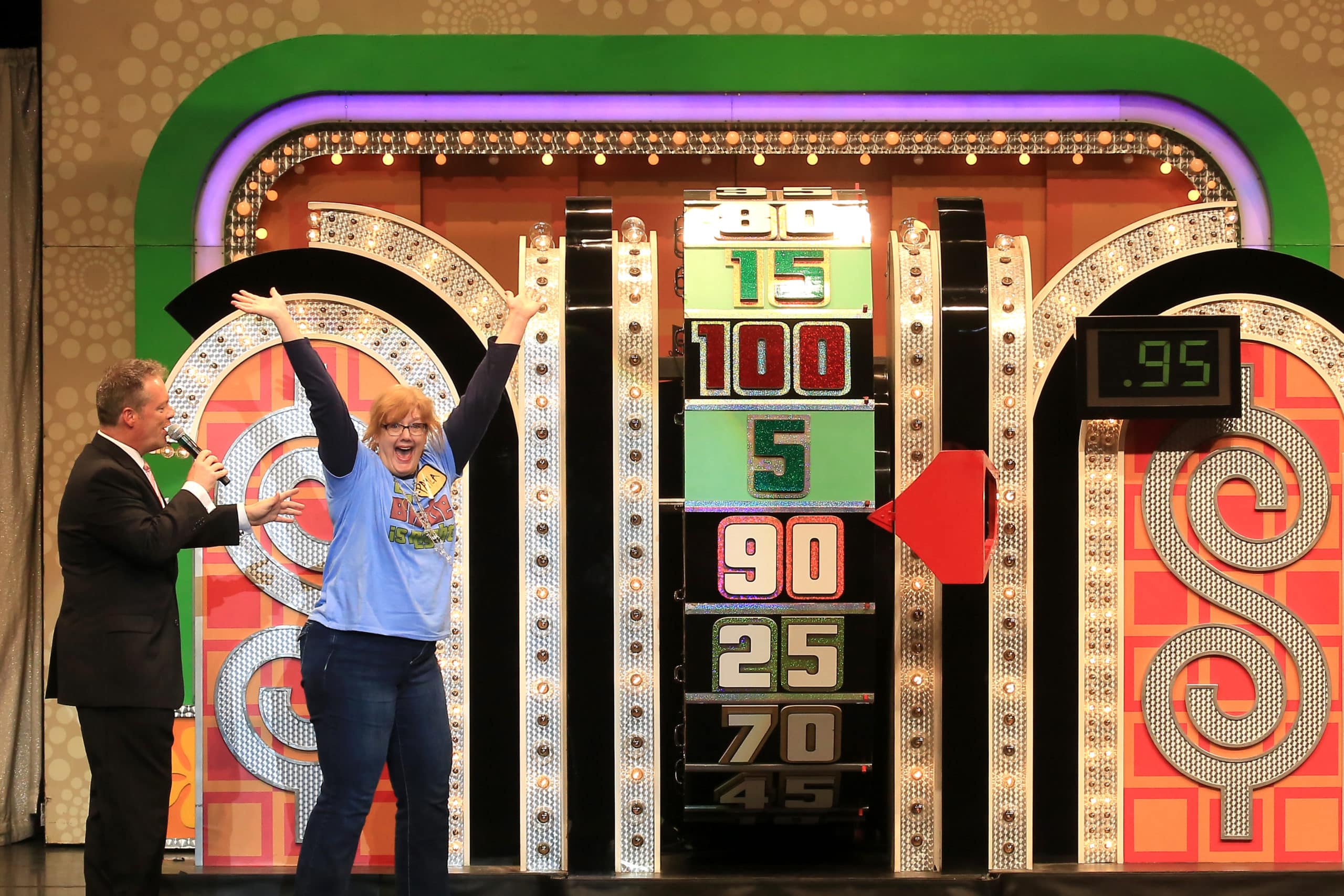
Everyone knows and likes “The Price is Right,” so it can make an exciting classroom activity that enhances students’ understanding of numbers, prices and everyday items.
You’ll need:
- Three teams
- A list of common items or products with associated prices in the target language. These can be everyday items like fruits, household products, or even services like movie tickets.
- A whiteboard or chart to display the items and their prices
Each team will take turns sending a representative to the front of the classroom to make an educated guess on the price of an item. Display the first item on the board (for example, a bunch of bananas) without revealing its price.
The representative from the first team must guess the price of the item in the target language. They can discuss with their team members for input.
After the guess, reveal the actual price of the item. If the representative’s guess is within a certain range (for example, within 10% of the actual price), the team earns points (for example, 10 points).
If the guess is outside of this range, no points are awarded.
8. “The $100,000 Pyramid”
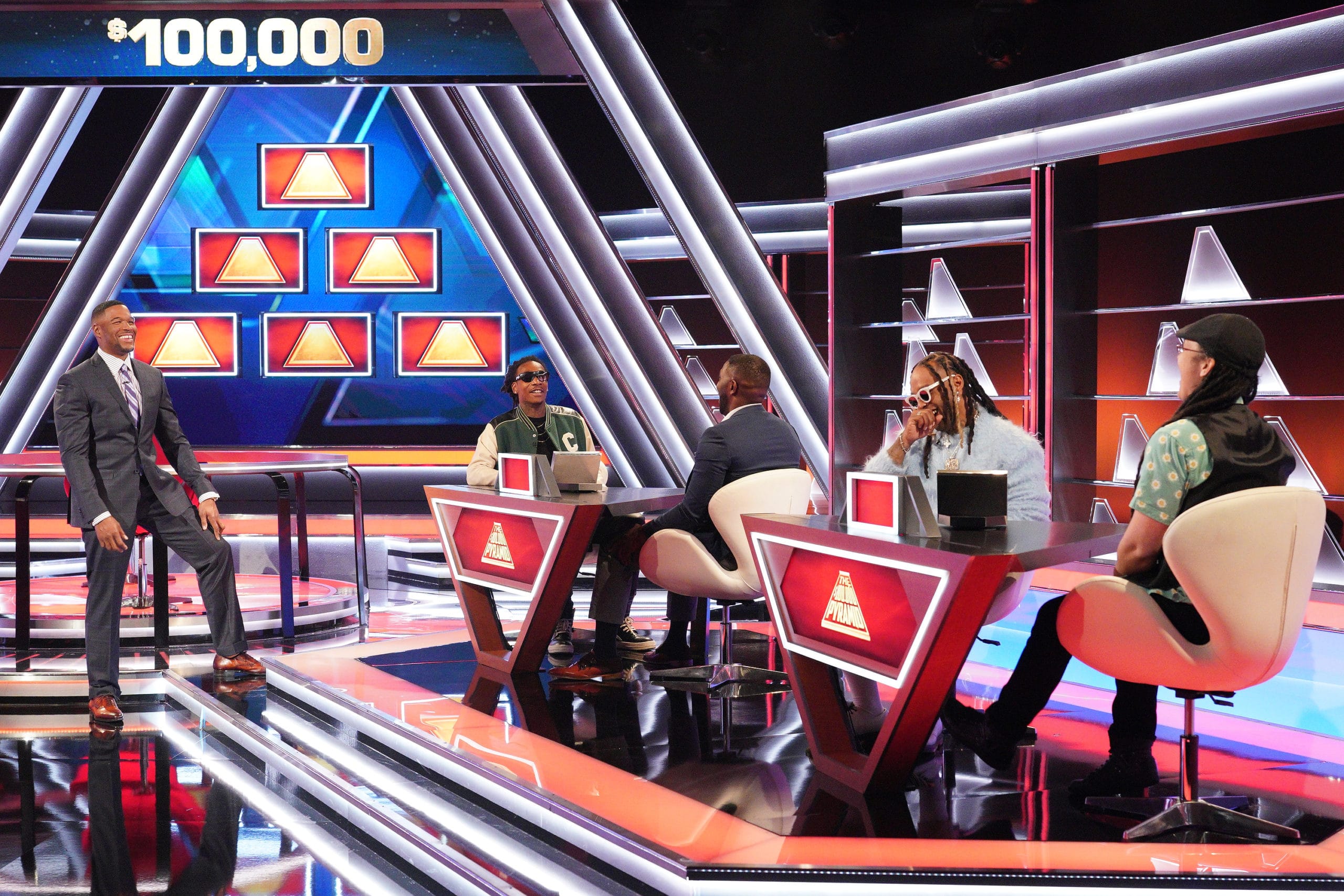
“The $100,000 Pyramid” works well in the classroom from my experience. It’s great for challenging students’ vocabulary and general communication and descriptive skills.
You’ll need:
- Three teams
- A list of words or phrases related to a specific topic or category in the target language. These can be words you’ve recently taught or common expressions.
- A timer
- A visual barrier (like a folder) to separate the clue-giver from their team
Each team will take turns sending a representative to give clues while their teammates guess.
Choose a category and reveal it to all teams (For example: “Fruit Names,” “Travel Destinations,” etc.). Set a timer for a predetermined amount of time (for example, one minute) for each round.
The representative gives verbal clues to describe the word or phrase without using the actual word. The team members listen to the clues and try to guess the word or phrase.
If they get it right, they score. If not, the game continues with the next team.
You can always be flexible with the setup and rules of these game shows, to create an activity that works best for your particular classroom.
No matter the form your game show ultimately takes, the activity will energize your classroom, increase comprehension and encourage interaction and student bonding.
Download: This blog post is available as a convenient and portable PDF that you can take anywhere. Click here to get a copy. (Download)
